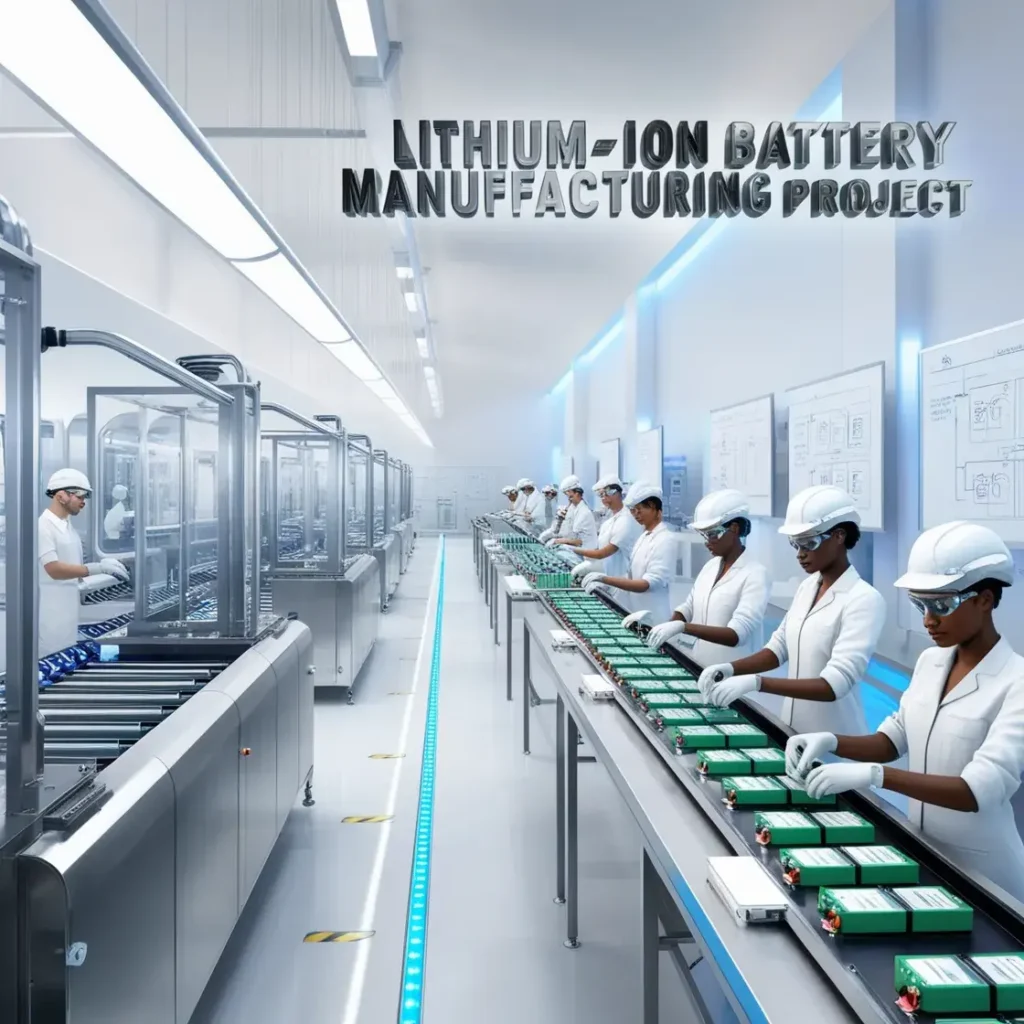Maharashtra solar manufacturing plant Jupiter International ₹10900 crore investment Butibori : Maharashtra govt signs MoU with Jupiter International for a ₹10,900 crore integrated solar manufacturing unit in Butibori. The project will produce wafers, cells & modules creating 8308 jobs and boosting India’s renewable energy supply chain.
In a landmark move for India’s renewable energy sector, the Government of Maharashtra has signed a Memorandum of Understanding (MoU) with Jupiter International Limited to establish a comprehensive integrated solar manufacturing facility in Butibori, Nagpur. The project with a massive investment outlay of ₹10,900 crore is set to be a cornerstone in the state’s green industrial strategy.
The signing ceremony presided over by Deputy Chief Minister Shri Devendra Fadnavis marks a significant step towards achieving energy self-reliance and positions Maharashtra as a future leader in solar technology manufacturing.
Building a Complete Solar Ecosystem, Not Just Modules
Unlike many projects that focus only on assembling solar panels (modules), this facility aims for full vertical integration. This means it will manufacture the critical components that make up a solar panel, creating a robust and self-sufficient supply chain within India. The project will include:
- Solar Wafer Manufacturing: Wafers are thin slices of crystalline silicon the foundational building block of most solar cells. Domestic wafer production is rare in India and reduces critical import dependency.
- Solar Cell Production Unit: Cells are created by processing wafers; they are the components that directly convert sunlight into electricity.
- Solar Module Manufacturing: Modules are the final panels, where cells are assembled, laminated and framed for commercial and industrial use.
This integrated approach is strategically crucial. It moves beyond simple assembly to capture a much larger portion of the value chain, strengthens India’s strategic autonomy in the renewable sector, and insulates the domestic market from global supply chain disruptions.
A Massive Boost for Employment and the Economy
The project is expected to be a significant economic driver for the Vidarbha region. It is projected to generate 8,308 employment opportunities encompassing a wide range of skills. This will include:
- High-skill engineering and technical jobs in production and R&D.
- Medium-skill positions in factory operations and maintenance.
- Indirect employment in logistics, services, and ancillary industries.
This aligns perfectly with the state’s goals of promoting industrial growth beyond the Mumbai-Pune belt and fostering balanced regional development.
Strategic Importance for India’s Green Goals
This investment directly supports the Government of India’s ambitious Production Linked Incentive (PLI) scheme for high-efficiency solar modules, which aims to create a gigawatt-scale domestic manufacturing ecosystem. By establishing wafer production—a capital-intensive and technologically complex process often called the “heart” of the solar supply chain—Jupiter International is addressing a key national priority.
Deputy CM Fadnavis stated that such projects are vital for making Maharashtra a powerhouse of renewable energy and advanced manufacturing directly contributing to the national mission of ‘Aatmanirbhar Bharat’ (Self-Reliant India) in the clean energy sector.
The Road Ahead
The establishment of this facility in Butibori which already houses a large industrial park, leverages existing infrastructure. The next steps will involve finalizing land allocation securing various clearances and commencing construction.
This MoU is more than just an investment figure; it’s a statement of intent. It signifies Maharashtra’s serious commitment to becoming a global hub for renewable technology manufacturing, creating thousands of jobs and powering India’s transition to a green energy future.

